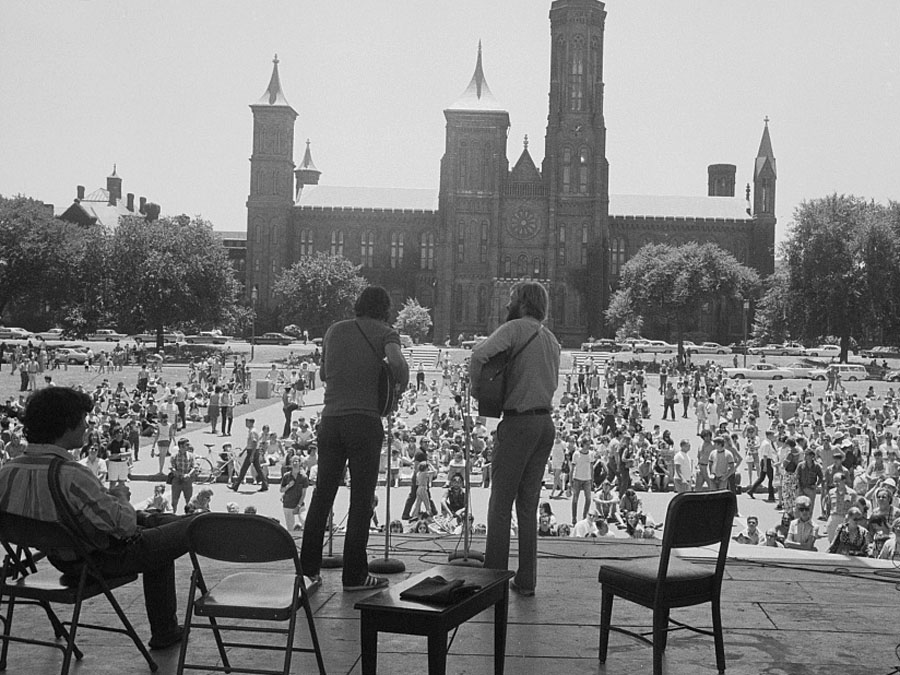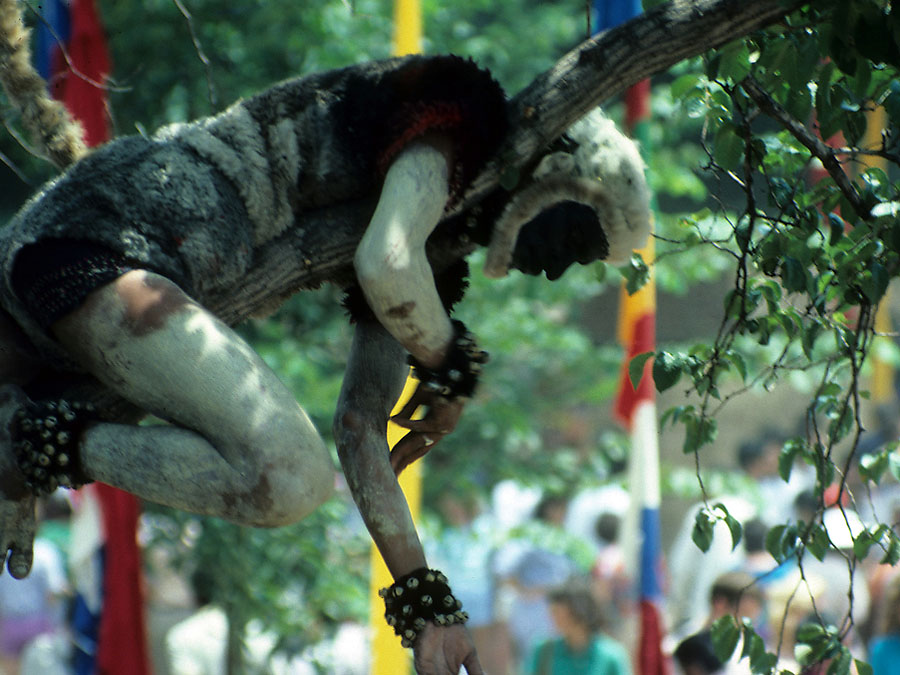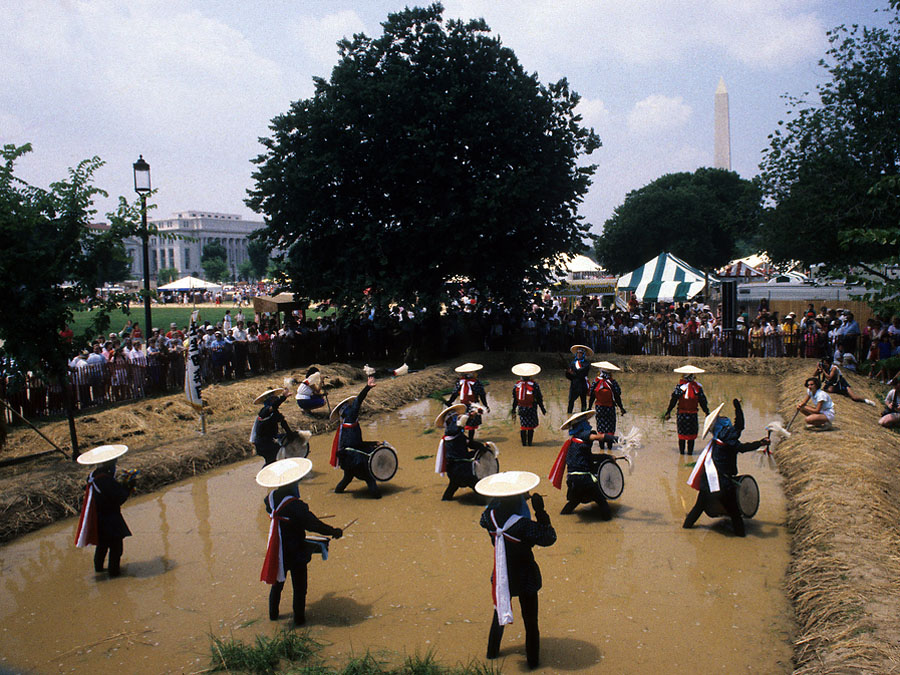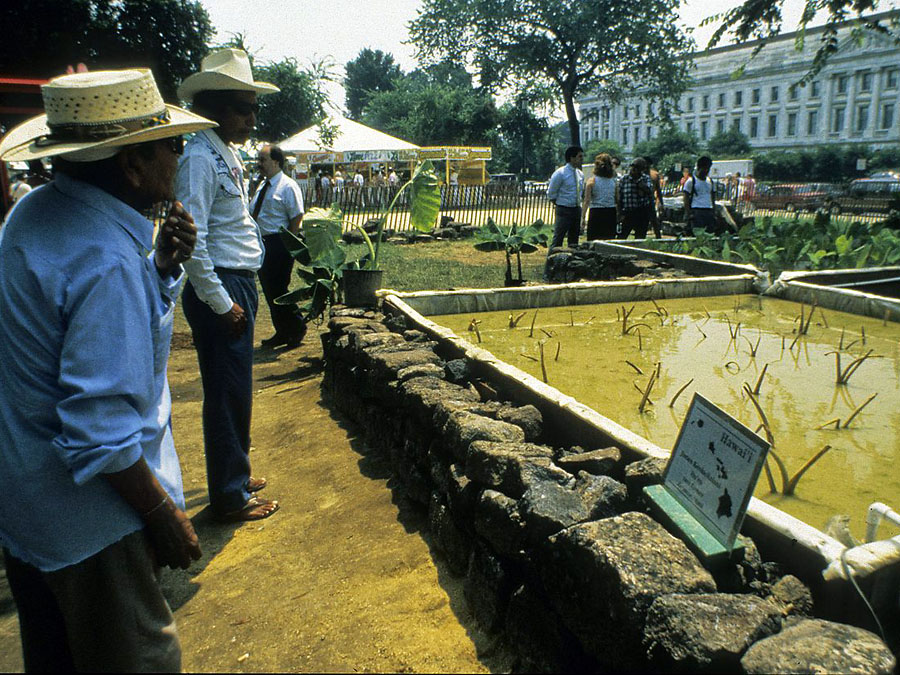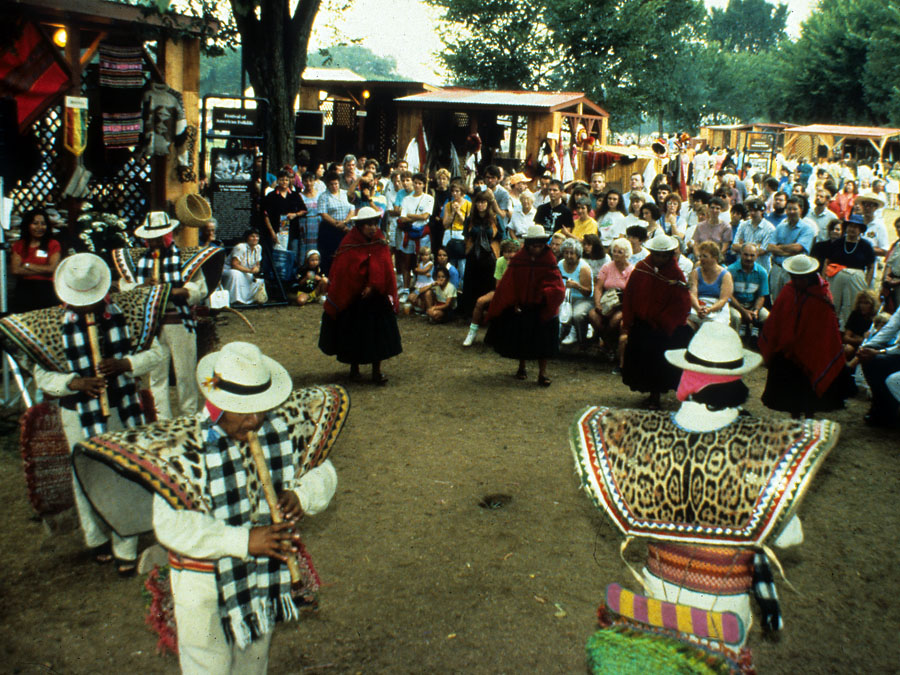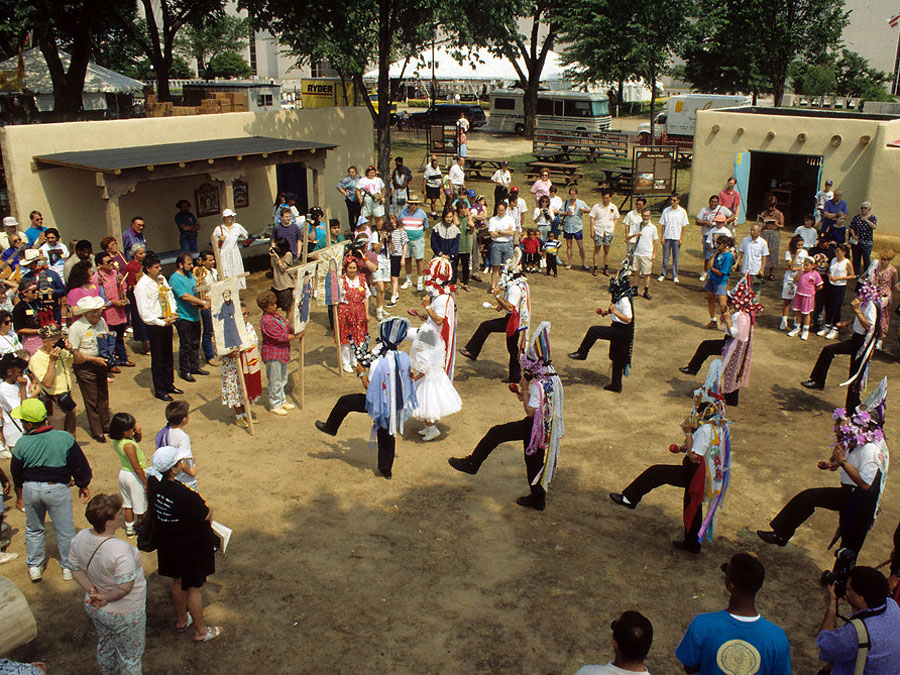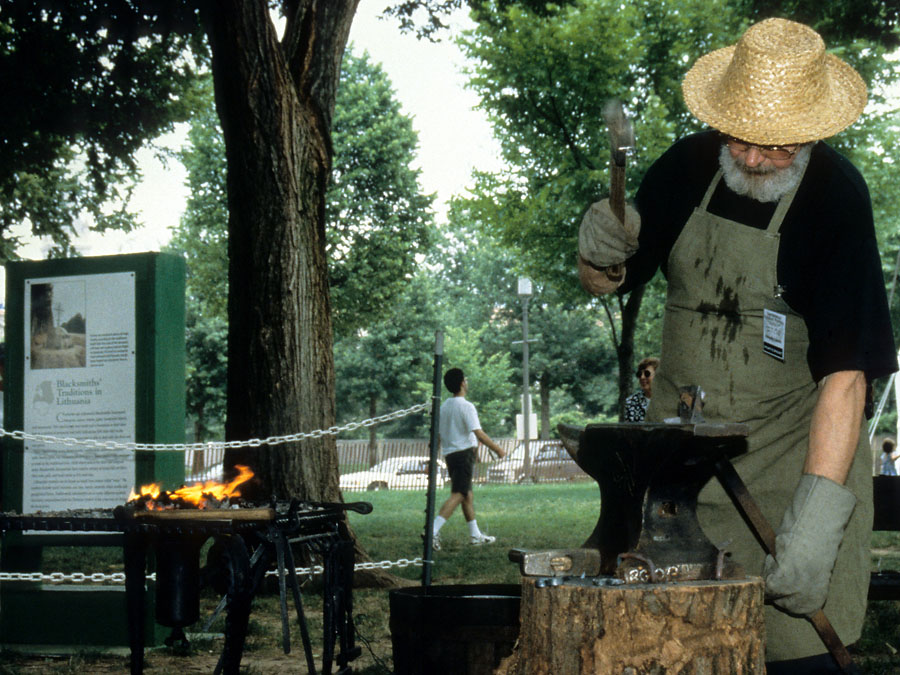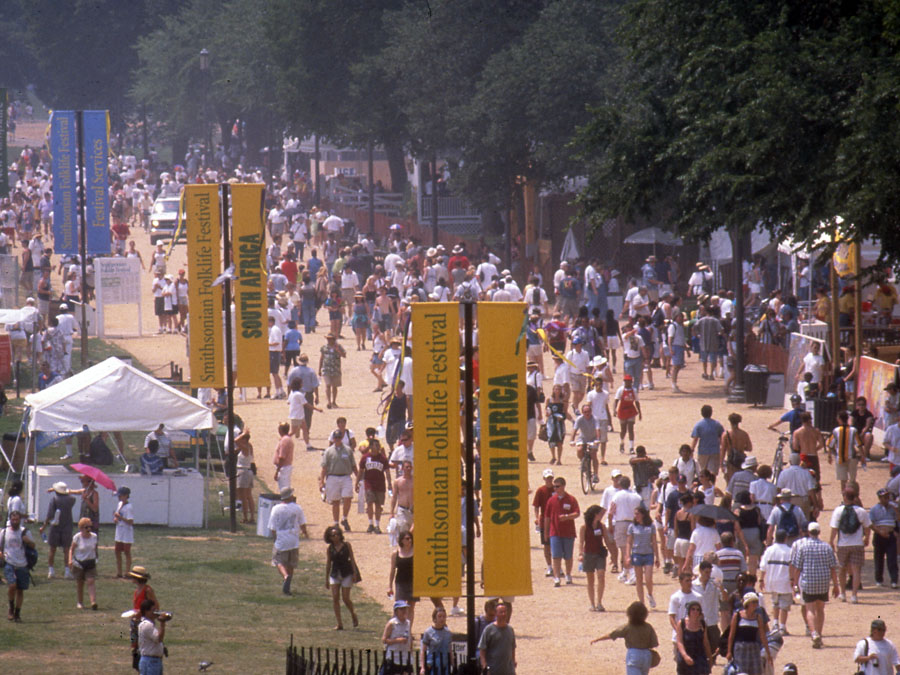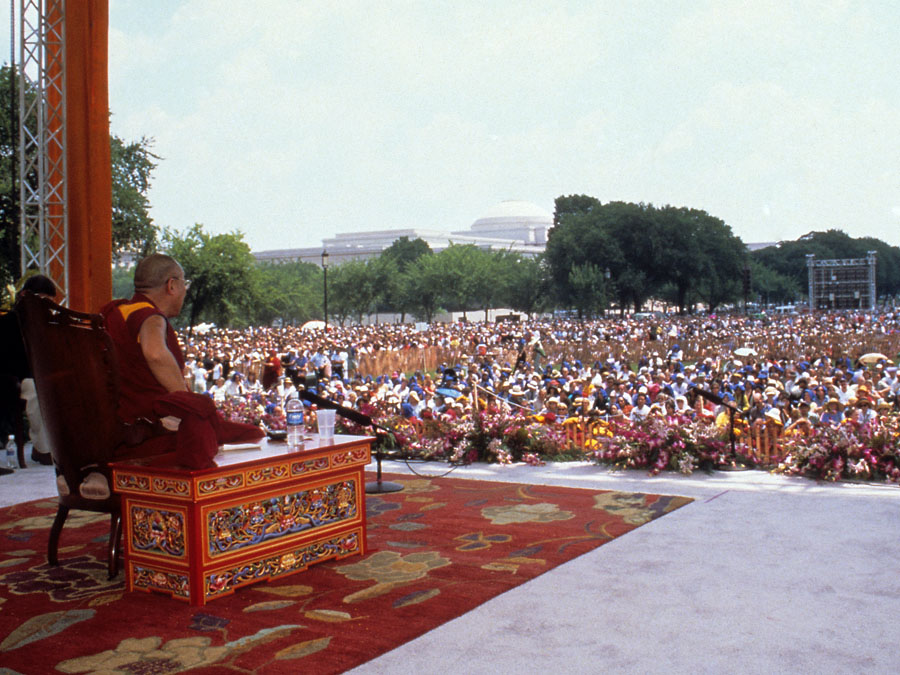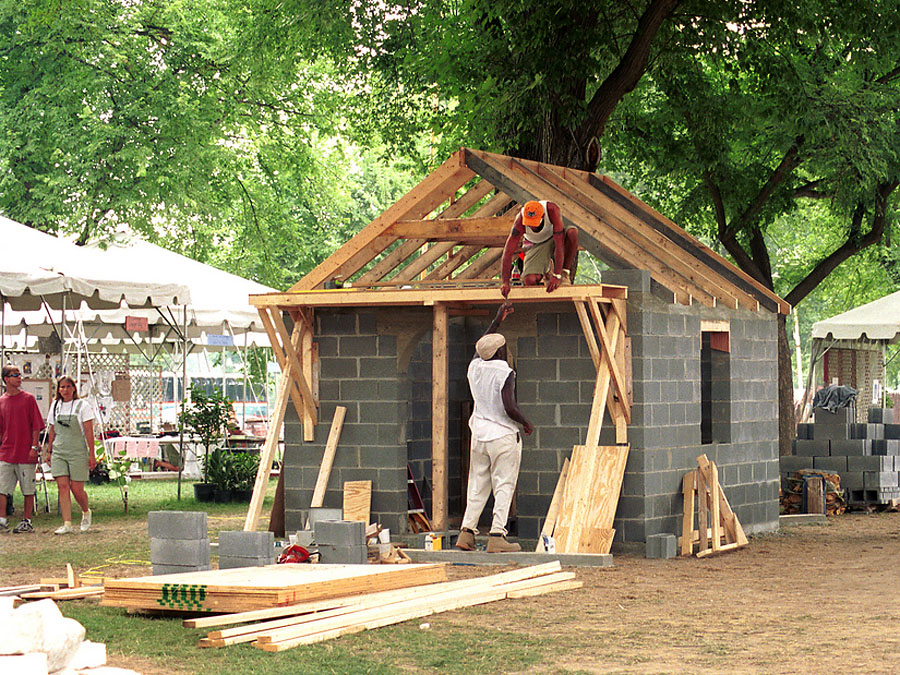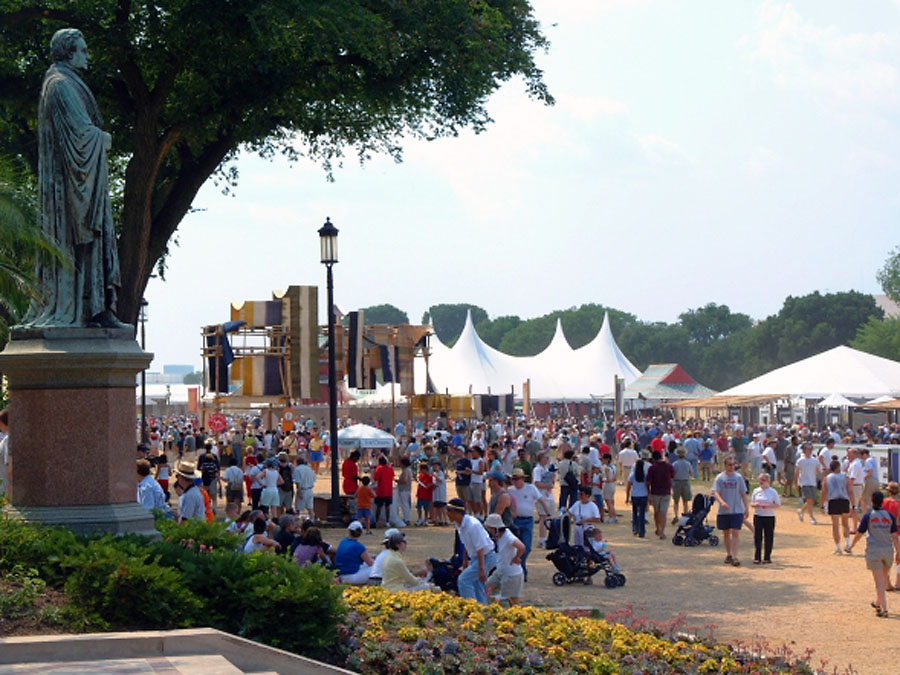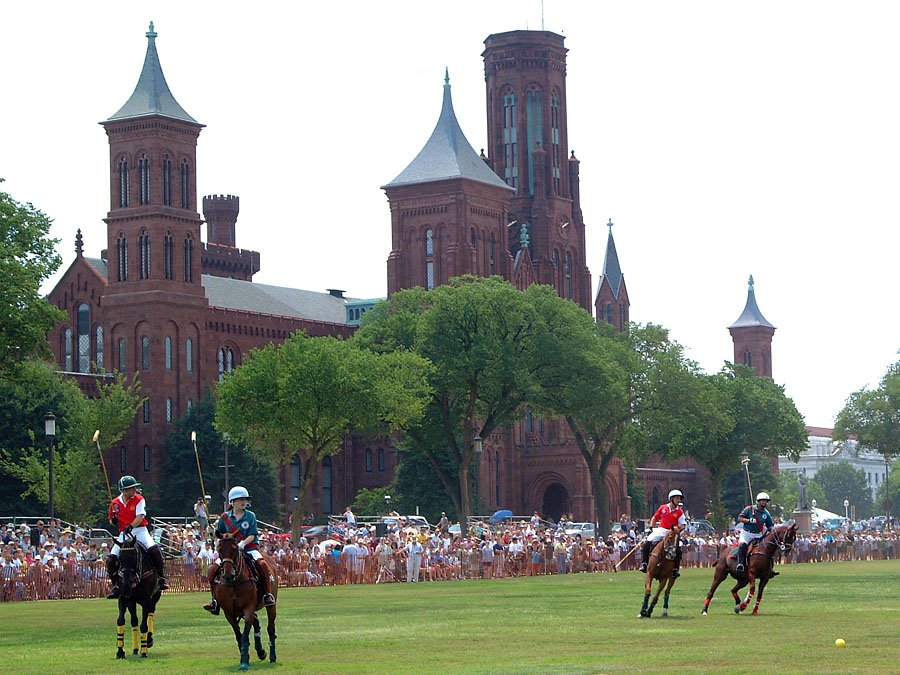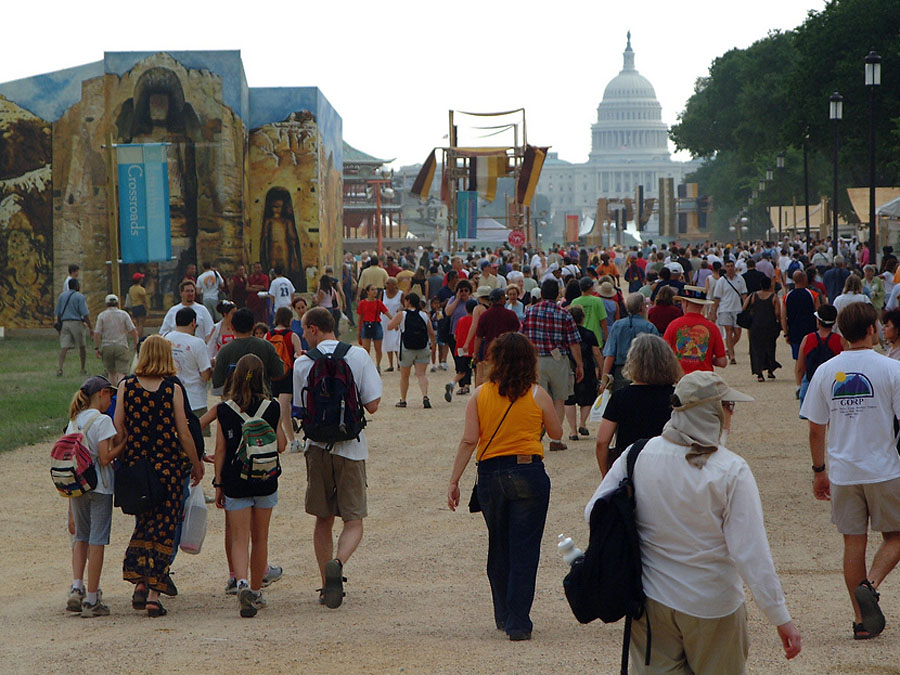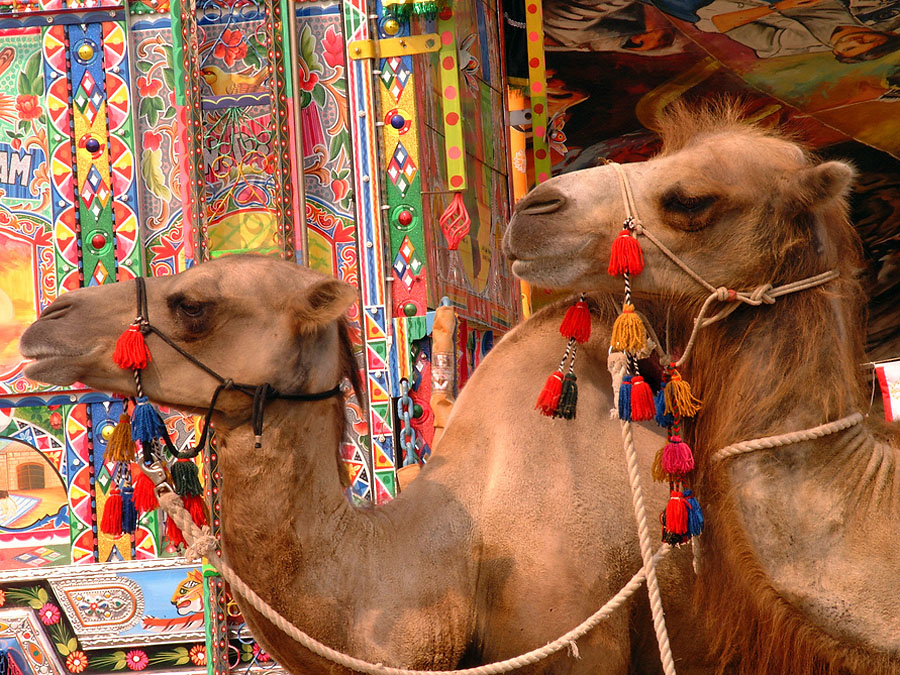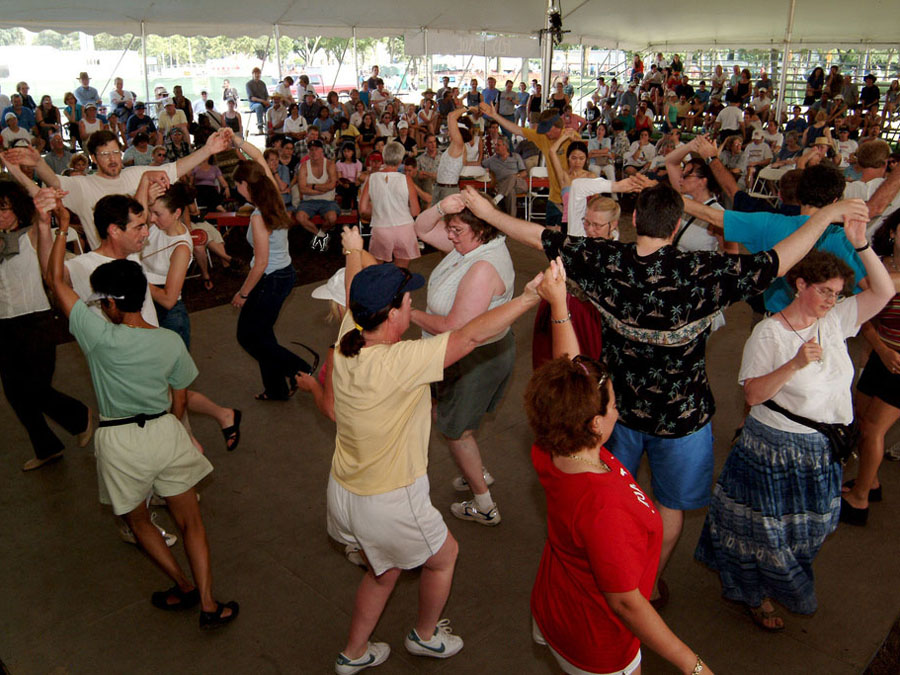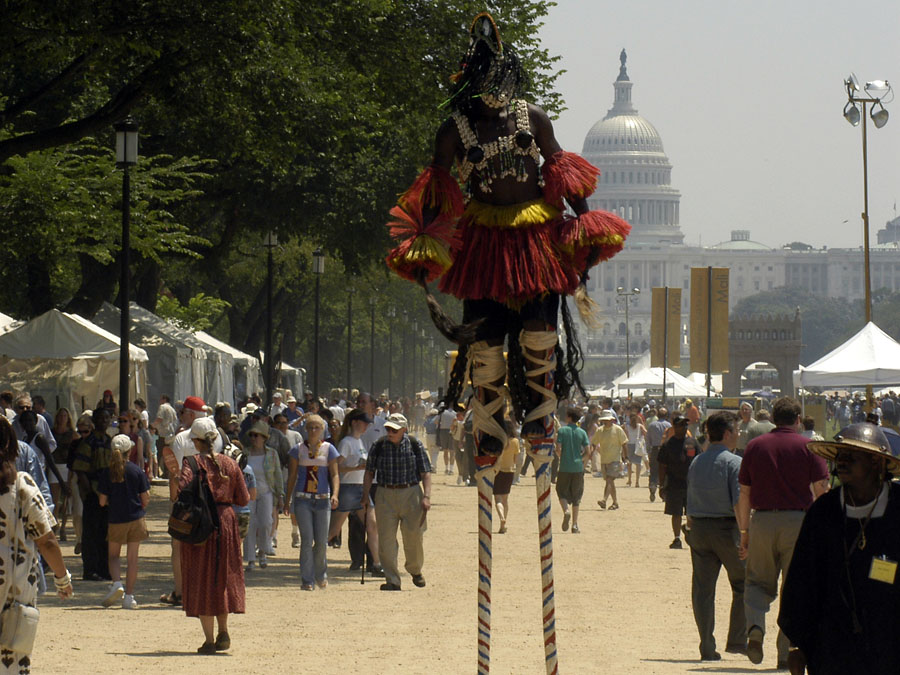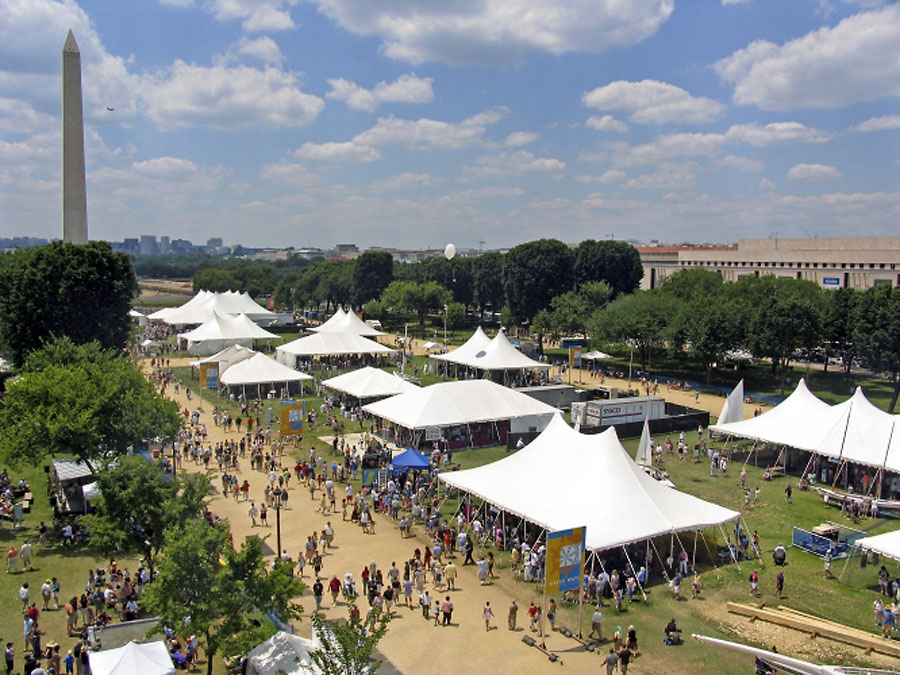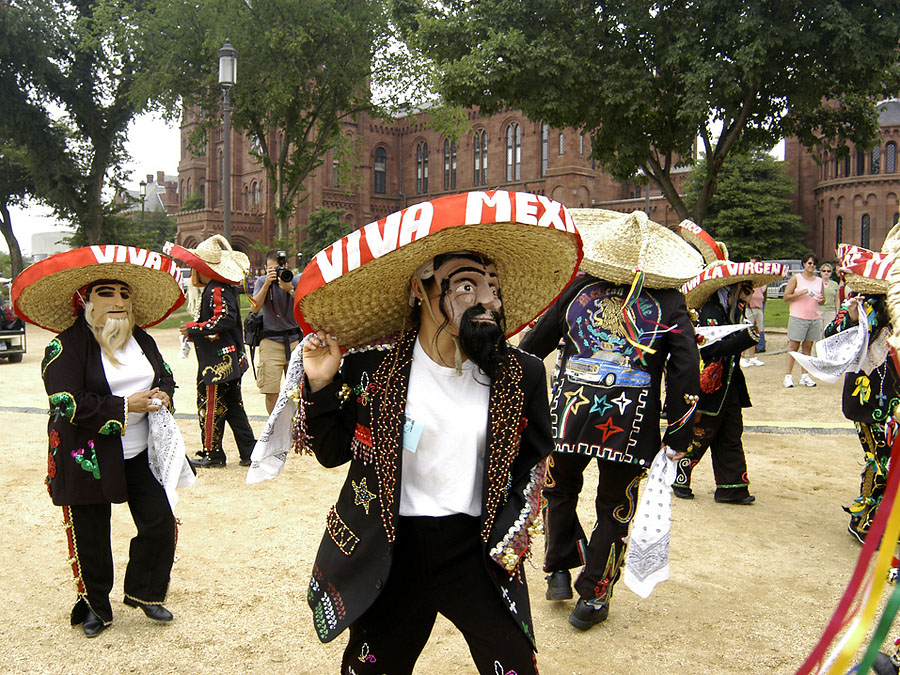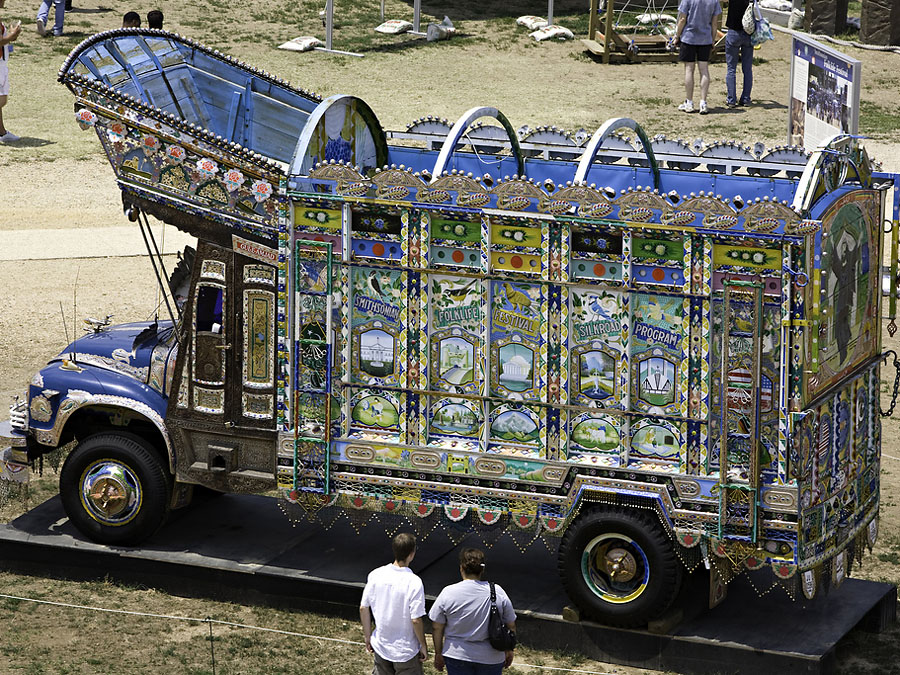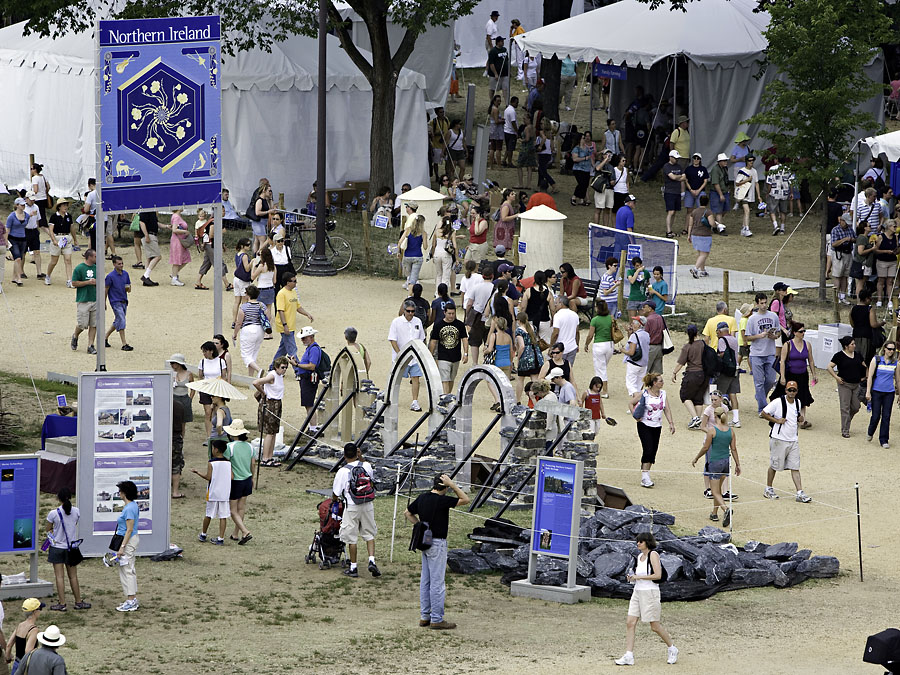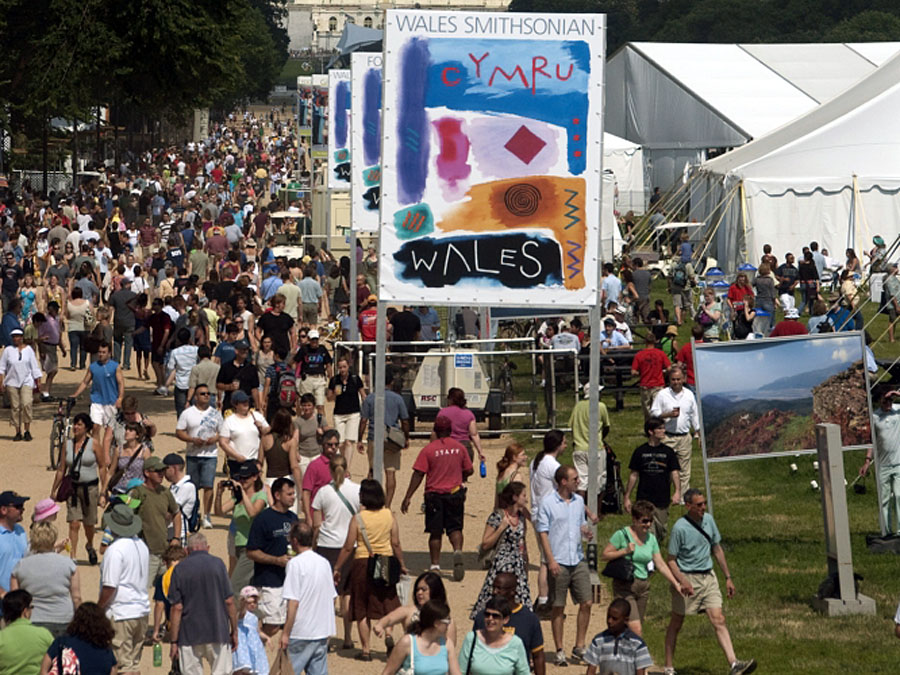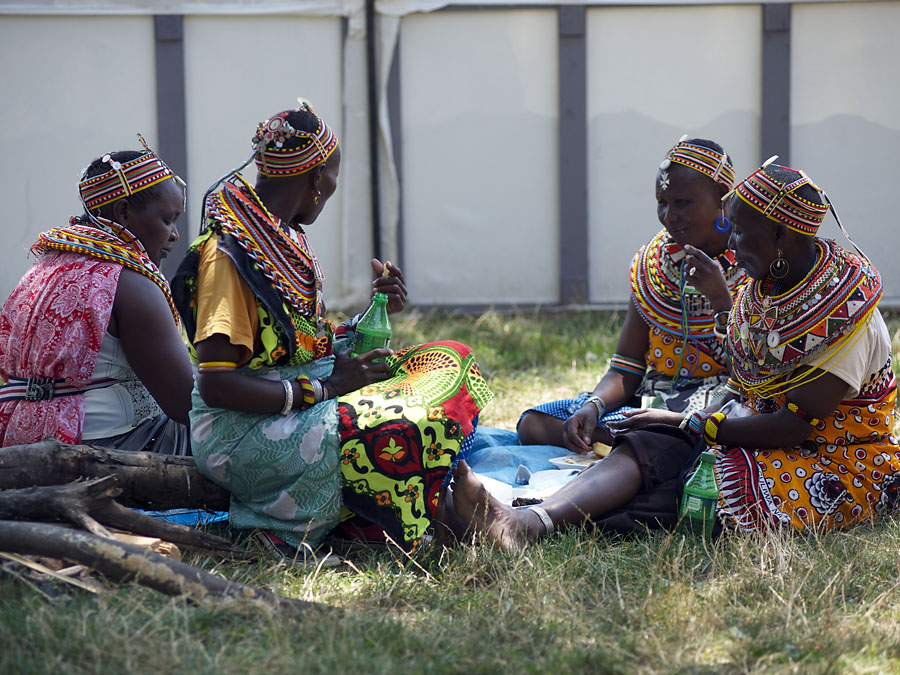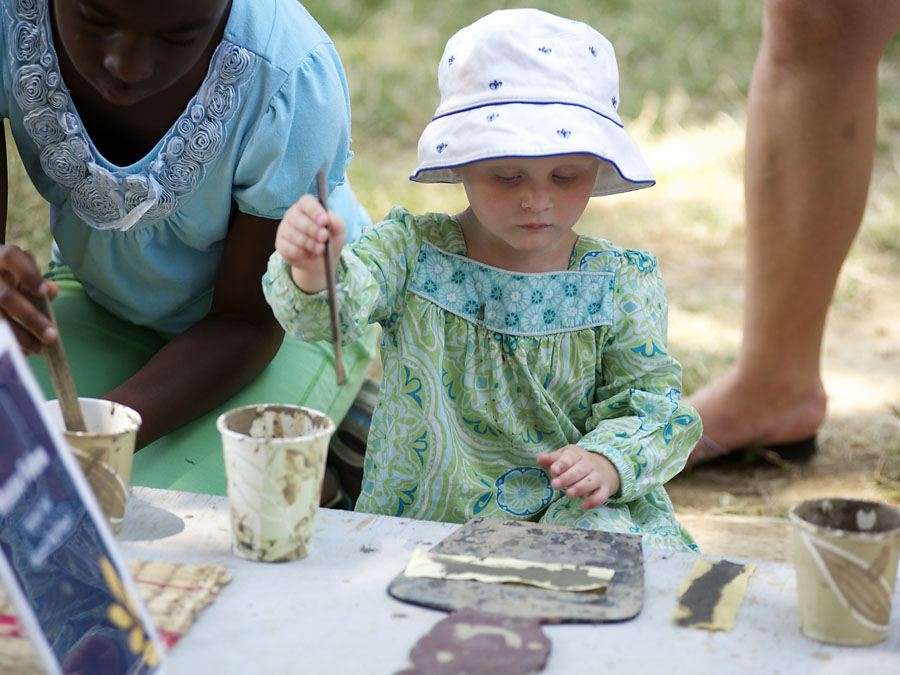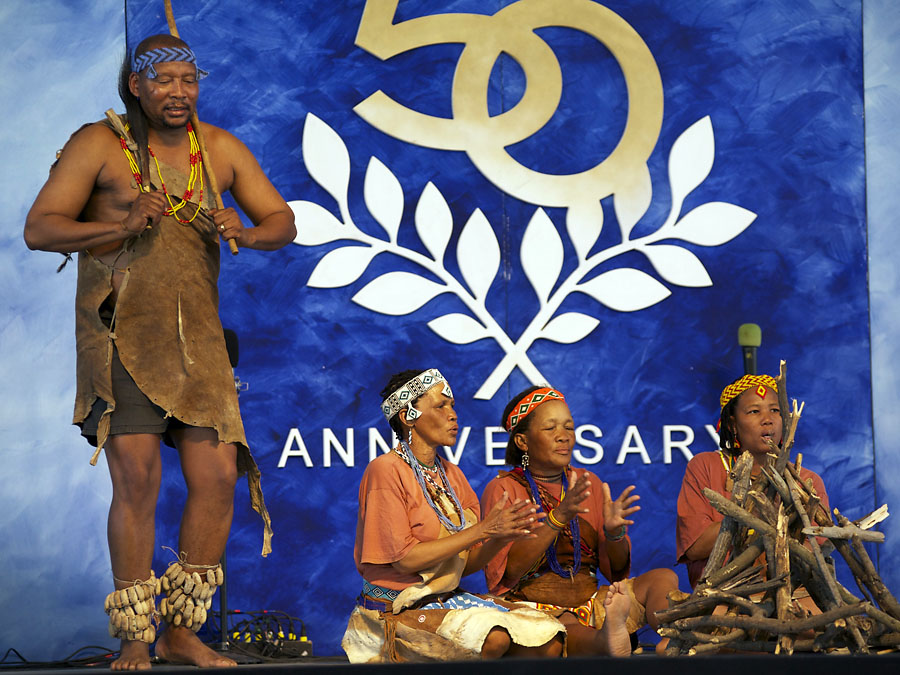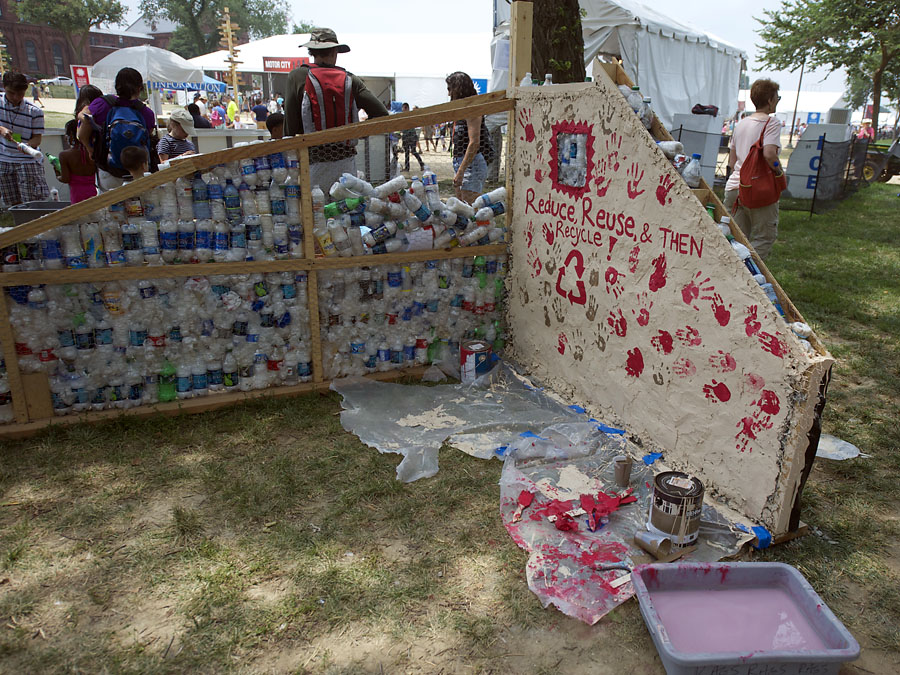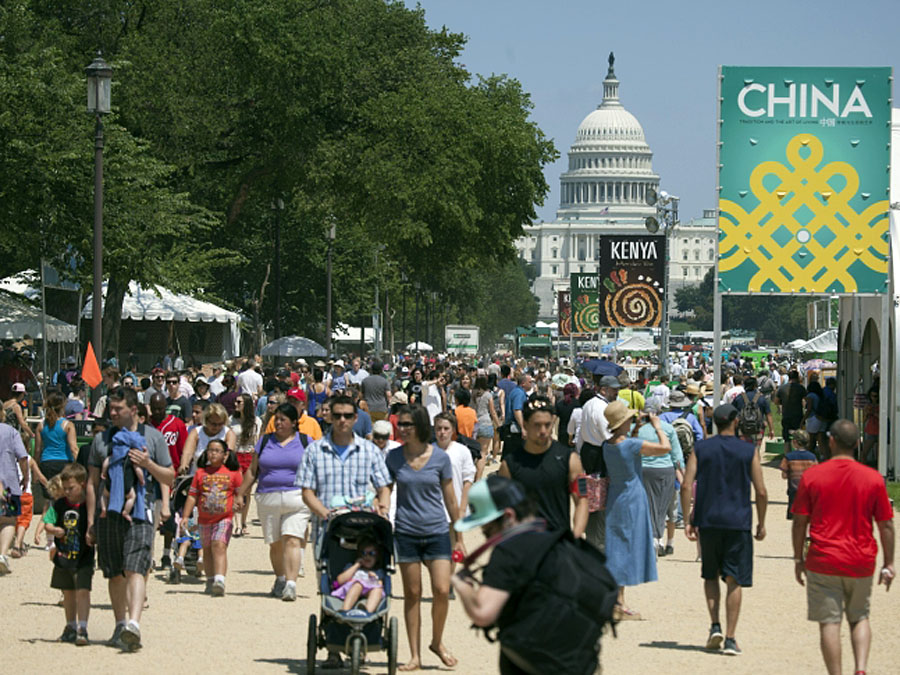Toward the end of June for two weeks the Smithsonian’s Folklife Festival returns to the National Mall. This year’s events mark a milestone: the Festival’s 50th anniversary.

The annual celebration constitutes the largest annual cultural event in the U.S. capital. This year, the program focuses on Circus Arts and American Folk and includes live performances, demonstrations, artisans, discussions and exchanges that showcase the transformation of cultural traditions as diverse people and communities migrate and mingle.
The program celebrates the rich history of circus life as told by America’s circus families, the artists and coaches, costume designers, makeup artists, musicians, lighting and sound technicians, prop and tent designers, riggers, poster artists, wagon builders, cooks, and many others who make the circus come alive. Visitors will see performances by aerialists, acrobats, equilibrists, object manipulators, and clowns. Ironically, while we celebrate the circus as a cultural event, many real circuses are closing for good. This year Ringling Bros. Barnum & Bailey announced it is closing for good after 146 years on the road.
The complementary program, American Folk, will focus on the American experience, according to the Festival’s website, demonstrating how “the arts can connect us with our heritage, bring us together as a community, and deepen our sense of belonging.”

If past is any guide, as many as 1 million visitors will take in the Festival. Singing, dancing, craft and game workshops, cooking demonstrations, storytelling – all are part and parcel of the typical Folklife Festival. The Festival generally includes both daytime and evening entertainment and other activities. Visitors engage as they meet and talk with people who have come to the Mall to present their stories and traditions.
Past years have showcased a nation, a region, a state, or a theme. The Festival has given top billing to more than 90 nations, every region of the United States, scores of ethnic groups, more than 100 Native American tribes, and a whole range of occupations. Themes for past Festivals include states such as Texas, Wisconsin, and Virginia and countries such as Peru, China, Mexico, and Bhutan. Past themes have also recognized agencies and institutions that have contributed immeasurably to the American experience — NASA, the Department of Agriculture, the Forest Service, the Peace Corps. And so much more has been showcased over 50 years.
A pictorial history of the Smithsonian’s Folklife Festival
It’s worth noting that the Festival’s future was not always assured. About 10 years ago the National Park Service, which has jurisdiction over large areas of the National Mall and was preparing a plan for the Mall, put high priority on the condition of the lawn, the trees, and other landscaping. Many feared this would doom the Folklife Festival. But letters and editorials protesting this potential outcome got the Park Service’s attention. The Festival not only survived, it thrived to celebrate this year its 50th.
But time will tell if the Park Service will continue to support the Folklife Festival on the Mall. If this event is important to you, the National Mall Coalition encourages you to contact your Congressman.
The Smithsonian’s Folklife Festival’s site is on the National Mall between 4th and 7th Streets, NW. Parking is limited, so check out nearby Metro stations. Hours: daily (except the 5th) from 11 am to 5 pm with evenings events 6:30 pm to 9. Admission is free.
Tags: Folklife Festival

